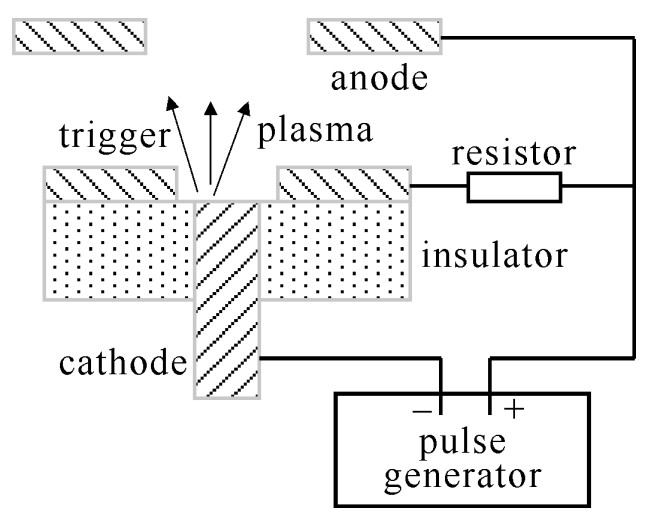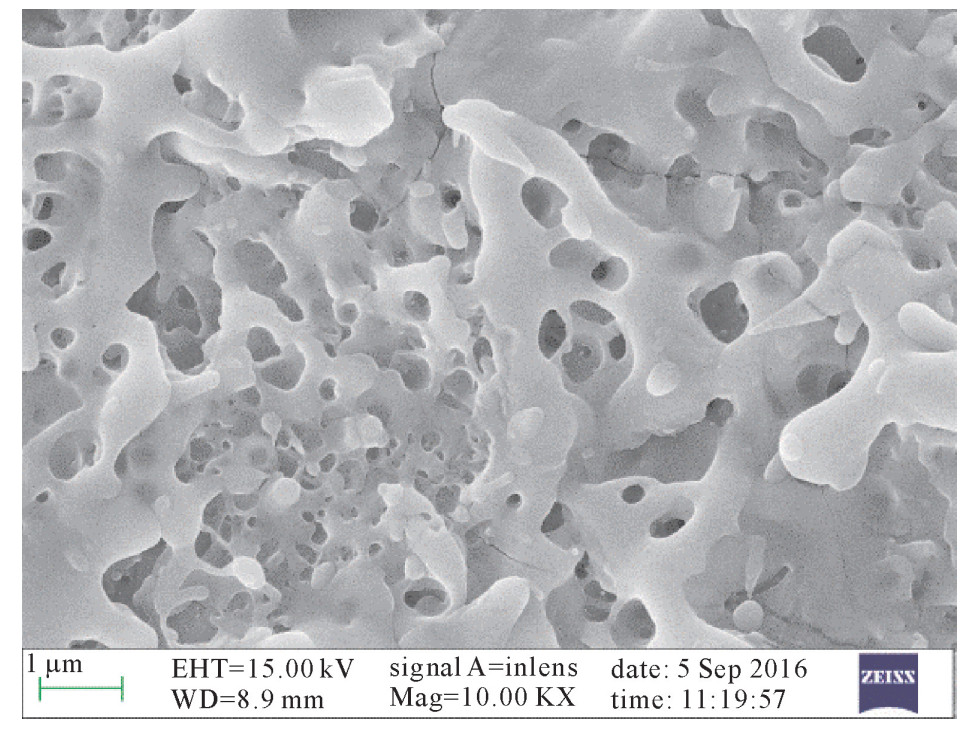| [1] |
MacGill R A, Dickinson M R, Brown I G. Vacuum arc ion sources: Micro to macro[J]. Rev Sci Instrum, 1996, 67(3): 1210-1212. doi: 10.1063/1.1146734
|
| [2] |
Ying J J, Xiao X H, Dai Z G, et al. Synthesis of graphene by MEVVA source ion implantation[J]. Nuclear Instruments and Methods in Physics Research B, 2013, 305: 29-32. doi: 10.1016/j.nimb.2013.04.044
|
| [3] |
米夏兹. 真空放电物理和高功率脉冲技术[M]. 北京: 国防工业出版社, 2007.Mesyats G A. Vacuum discharge physics and high power pulse technology. Beijing: National Defense Industry Press, 2007
|
| [4] |
Anders A. Cathodic arcs[M]. New York: Springer Science, 2008.
|
| [5] |
拉弗蒂J M. 真空电弧理论和应用[M]. 北京: 机械工业出版社, 1985.Lafferty J M. Vacuum arc theory and application. Beijing: China Machine Press, 1985
|
| [6] |
唐建, 卢彪, 伍春雷, 等. 条纹相机在真空弧离子源等离子体诊断中的应用[J]. 强激光与粒子束, 2015, 27: 084001. doi: 10.11884/HPLPB201527.084001Tang Jian, Lu Biao, Wu Chunlei, et al. Application of a streak camera to diagnosis of plasma in vacuum arc ion source. High Power Laser and Particle Beams, 2015, 27: 084001 doi: 10.11884/HPLPB201527.084001
|
| [7] |
Shkol'nik S M. Arc discharges with gas-impregnated cathodes in vacuum[J]. IEEE Trans Plasma Sci, 2001, 29(5): 675-683. https://ieeexplore.ieee.org/document/964453/
|
| [8] |
Barengolts S A, Karnaukhov D Y, Nikolaev A G, et al. Generation of hydrogen isotope ions in a vacuum arc discharge with a composite zirconium deuteride cathode[J]. Technical Physics, 2015, 60(7): 989-999. doi: 10.1134/S1063784215070051
|
| [9] |
陈磊, 金大志, 程亮, 等. 含氢电极脉冲放电等离子体特性诊断[J]. 强激光与粒子束, 2011, 23(5): 1361-1364. http://www.hplpb.com.cn/article/id/5198Chen Lei, Jin Dazhi, Cheng Liang, et al. Diagnosis of plasmas generated by pulsed vacuum arc discharge at hydrogen impregnated electrodes. High Power Laser and Particle Beams, 2011, 23(5): 1361-1364 http://www.hplpb.com.cn/article/id/5198
|
| [10] |
Brown I G. Vacuum arc ion sources[J]. Rev Sci Instrum, 1994, 65(10): 3061-3081. doi: 10.1063/1.1144756
|
| [11] |
Lan Chaohui, Long Jidong, Zheng Le, et al. Mode transition of vacuum arc discharge and its effect on ion current[J]. Chin Phys Lett, 2014, 31: 105202.
|
| [12] |
胡子龙. 贮氢材料[M]. 北京: 化学工业出版社, 2002.Hu Zilong. Hydrogen storage material. Beijing: Chemical Industry Press, 2002
|
 百度学术
百度学术 本站查看
本站查看





 下载:
下载:





